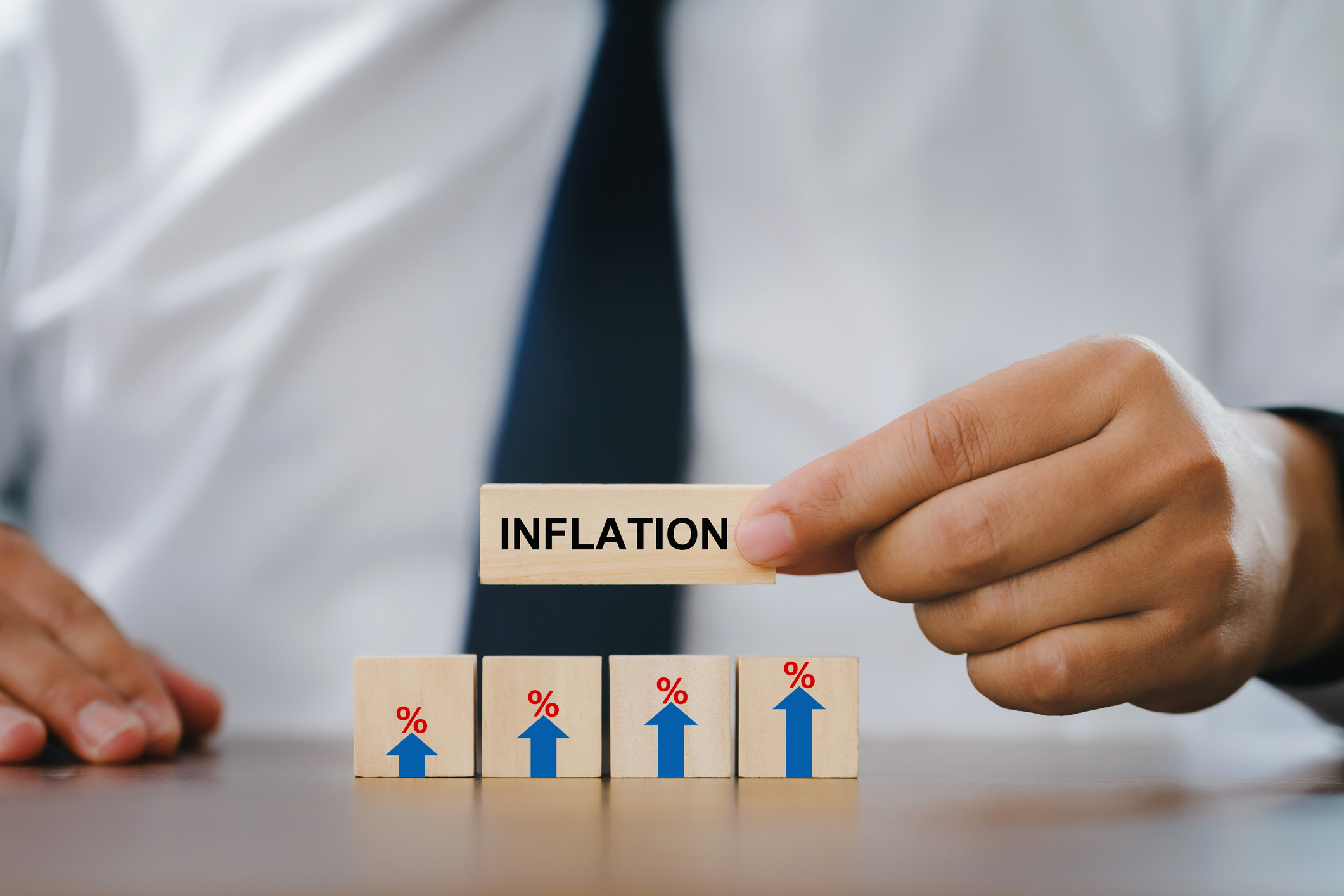Commercial insurance rates have been steadily rising for the last year and there is no sign they will fall in the near future. Following is an overview to help individuals and business professionals better understand the reasons why rates are going up in order to empower policyholders to make smart business and personal decisions.
Multiple experts note that inflation is one of the main factors driving business insurance costs up. Insurance companies are facing rising costs on multiple fronts, and most are passing on at least some of these costs to consumers. The cost of fuel, for instance, was 50% higher in the summer of this year than it was in the summer of 2021, increasing the cost of sending out field appraisers to assess claims. The cost of electricity rose by 12% during the same time frame, which means that insurance agencies need to boost prices to cover their own rising utility costs. Furthermore, the rising costs of materials and professional services, coupled with supply chain shortages, are raising the cost of fixing or replacing damaged homes and/or vehicles, which means that insurers need to raise prices in order to cover policy claims without losing too much money. Rising healthcare costs, which were already a problem before the COVID-19 pandemic, are expected to rise from 3.8 trillion in 2019 to a whopping $6.2 trillion by 2028, forcing insurers to raise healthcare insurance costs to keep up with the rising cost of care.
Cyber Insurance costs are also rising dramatically, thanks to the drastic rise in cyberattacks throughout the nation. Recent statistics indicate that over one out of three businesses experienced a cyberattack in 2021; this means that insurance companies that paid out multiple claims during this time period will need to raise prices in order to continue providing coverage. While demand for this form of insurance is growing, insurers are well aware that a huge percentage of their clients will be filing a claim at some point in the foreseeable future. Climate change is also impacting interest rates; as extreme weather events become increasingly common, the cost of property insurance is likely to more than double as insurers consider the cost of property insurance compensation for the last year and raise rates in accordance with new expectations. What’s more, it’s not just affected areas that will see a rise in costs. For instance, if there is a flood in Texas, insurers will also raise rates in other states that are susceptible to flooding.
Rising insurance costs are, without a doubt, putting a great deal of pressure on business owners and entrepreneurs. Unfortunately, costs are set to continue rising for the foreseeable future as the factors that are pushing costs up are likely to continue or even get worse in the coming years. However, there are risk mitigation measures policyholders can take to lower the cost of various forms of insurance. Securing business premises to prevent damage from severe weather can drive down property insurance costs. A strong cybersecurity policy, coupled with ongoing cybersecurity training for employees, can keep cyber insurance costs low. Purchasing vehicles that are affordable to repair can lower commercial vehicle insurance costs. Those who intend to start their own business this year or the next should choose a business model with care to keep insurance costs to a minimum in order to avoid unplanned expenses.




